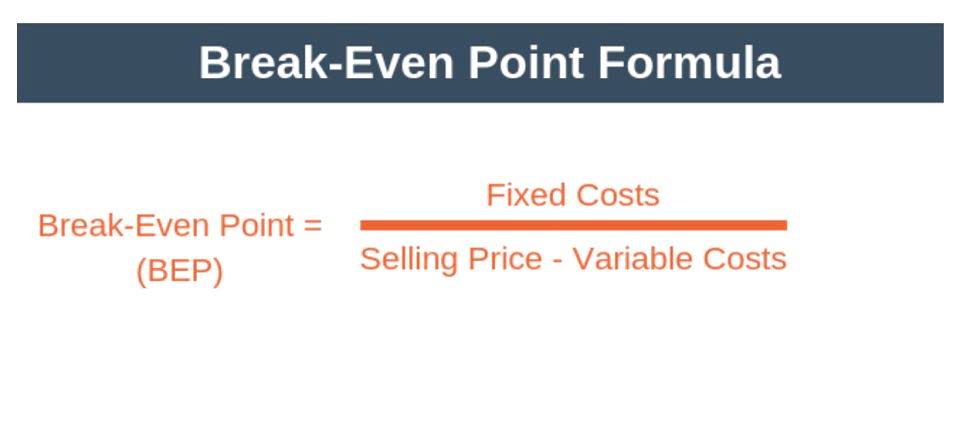
Upon liquidation, creditors are granted a preference over owners to the existing assets of the firm. Everything listed is an item that the company has control over and can use to run the business. The image below is an example of a comparative balance sheet of Apple, Inc. This balance sheet compares the financial position of the company as of September 2020 to the financial position of the company from the year prior. Some companies issue preferred stock, which will be listed separately from common stock under this section. Preferred stock is assigned an arbitrary par value (as is common stock, in some cases) that has no bearing on the market value of the shares.

How Balance Sheets Work
This basic accounting equation “balances” the company’s balance sheet, showing that a company’s total assets are equal to the sum of its liabilities and shareholders’ equity. This formula, also known as the balance sheet equation, shows that what a company owns (assets) is purchased by either what it owes (liabilities) or by what its owners invest (equity). Assets refer to everything a company owns or controls and that holds value, such as cash, inventory, property, and equipment. Liabilities represent the company’s financial https://www.bookstime.com/ obligations, such as loans, accounts payable, and long-term debt. Equity, also known as shareholders’ or owners’ equity, is the residual interest in the assets of an entity after deducting liabilities.

Financial Ratios and Performance
Apple’s total liabilities increased, total equity decreased, and the combination of the two reconcile to the company’s total assets. Examples of assets include cash, accounts receivable, inventory, prepaid insurance, investments, land, buildings, equipment, and goodwill. From the accounting equation, we see that the amount of assets must equal the combined amount of liabilities plus owner’s (or stockholders’) equity. This equation emphasizes the relationship between the company’s assets (resources used to operate the business), liabilities (financial obligations), and owners’ equity (the amount invested by shareholders). Analyzing the balance sheet alongside the income statement will provide a comprehensive assessment of a company’s financial health. One of the main financial statements (along with the balance sheet, the statement of cash flows, and the statement of https://x.com/BooksTimeInc stockholders’ equity).
What is the Expanded Accounting Equation?

Essentially, the representation equates all uses of capital (assets) to all sources of capital, where debt capital leads to liabilities and equity capital leads to shareholders’ equity. You probably already look at this report frequently to check up on your total revenue and expenses. At the end of the year, your total expenses are subtracted from your total income to calculate your profit. All business owners are familiar with the profit assets – liabilities = equity and loss equation, because it can give you a clear picture of where the money is coming from and where it’s being spent. But as a business owner, the assets, liabilities, and equity equation is very important for understanding business finances. The Accounting Equation is a vital formula to understand and consider when it comes to the financial health of your business.

- Whether you’re looking to understand your company’s balance sheet or create one yourself, the information you’ll glean from doing so can help you make better business decisions in the long run.
- An asset can be cash or something that has monetary value such as inventory, furniture, equipment etc. while liabilities are debts that need to be paid in the future.
- A balance sheet provides accurate information regarding an organization’s financial position at a specific point related to its reporting period.
- A company’s shareholders’ equity is composed of both stock and retained earnings.
Intangible assets are non-physical assets that have value to a company, such as patents, goodwill, and intellectual property. Valuing intangible assets can be more challenging than valuing fixed assets, as their value is often subjective and may not be easily observable in the market. Shareholders’ equity ultimately indicates the financing provided by the company’s owners and the earnings generated from its operations. The effect of this transaction on the accounting equation is the same as that of loss by fire that occurred on January 20.